I was going through common child problem on hackerrank. It is nothing but a Longest Common Subsequence problem.
Tried it solving as follows:
def commonChild(s1, s2):
LCS_table = [[0 for _ in range(len(s2)+1)]
for _ in range(len(s1)+1)
]
for i in range(1,len(s1)+1):
for j in range(1,len(s2)+1):
if s1[i-1] == s2[j-1]: #Mistake not [i] & [j] but [i-1] & [j-1] Ref: $A1
LCS_table[i][j] = LCS_table[i-1][j-1] + 1
else:
LCS_table[i][j] = max(LCS_table[i-1][j], LCS_table[i][j-1])
return LCS_table[-1][-1]
Eight test cases passed, but six test cases gave "Time Limit Exceeded" error. I quickly googled online solutions and tried them. But for all of them was able to pass more than half of the test cases, but failing at other with time limit exceeded error:
Sol 2 ref
def commonChild(a, b):
m = len(a)
n = len(b)
prev = [0 for x in range(n + 1)]
for i in range(1, m + 1):
curr = [0 for x in range(n + 1)]
for j in range(1, n + 1):
curr[j] = max(prev[j], curr[j - 1])
if a[i - 1] == b[j - 1]:
curr[j] = max(curr[j], prev[j - 1] + 1)
prev = curr
return curr[n]
Sol 3 ref
def commonChild(s1, s2):
m = [[0]*(len(s2)+1) for _ in range(len(s1)+1)]
for i,c in enumerate(s1,1):
for j,d in enumerate(s2,1):
if c == d:
m[i][j] = m[i-1][j-1]+1
else:
m[i][j] = max(m[i][j-1],m[i-1][j])
return m[-1][-1]
Are we all missing some idea to make it execute even faster?
